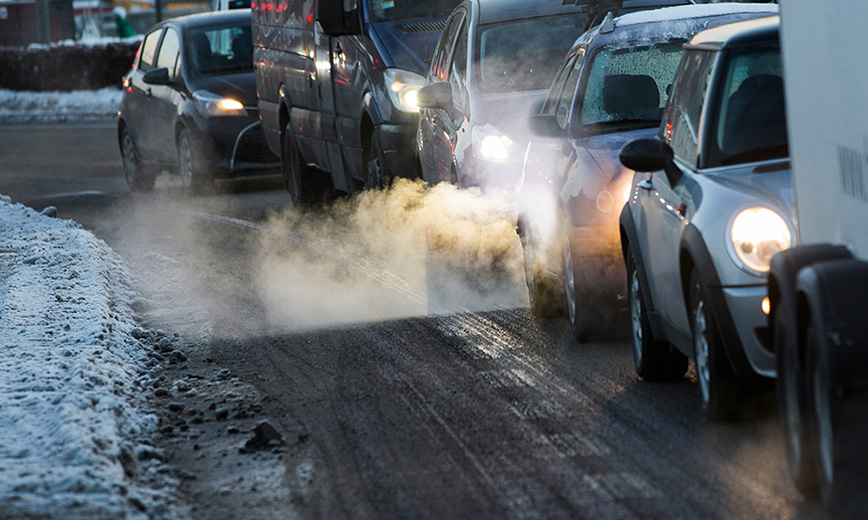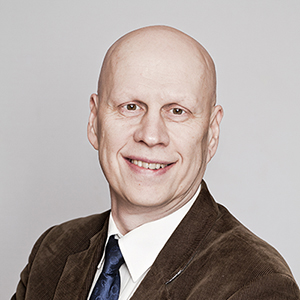EU emissions mapping study led by KTH

A map detailing where nanoparticle emissions can be found in European cities is being jointly produced in four countries, with KTH Royal Institute of Technology taking the lead. The project, which will map emissions and rank the most dangerous particles, also means more research opportunities for master’s students at KTH.
Financed with €5.3 million, the study will map particulate emissions in Barcelona, Milan, Thessaloniki and Stockholm, from exhaust gases, roadways, tires, engines, brakes, clutches and railway rails. One aim of the project is to be able to present a list of the worst sources of emissions, ranked according to danger.

Traffic and transport lead to emissions of microscopically small particles, or nanoparticles, through exhaust fumes and wear of tires, rails and road surfaces. Even though these nanoparticles are unregulated by the EU, research has linked such emissions with a higher risk of lung disease, cancer, cardiovascular disease and dementia.
“Nanoparticles are the particles that reach the farthest part of the body and have the greatest potential to cause damage,” says Ulf Olofsson , the project’s research leader at KTH and professor in the Department of Machine Design.
The emissions are to be measured both directly at the source and after traveling in the air. The purpose is to study how the particles react to the environment, even when they enter cells, and possibly form something that is potentially toxic.
The research will be carried out in laboratories as well as in outdoor environments, examining emissions from all traffic: road, rail, air and sea transport. Universities, institutes and companies from six countries are participating.
Olofsson says his students already are involved with master’s thesis work linked to the project, such as design of a mobile air-to-liquid interface system and nano-scale emissions source diagnosis based on data fusion of multi physical measurements.
And more opportunities are to come, says one of the study’s researchers, Ellen Bergseth . An assistant senior lecturer at the Department of Mechanical Engineering, she will be teaching the master’s level course, Systems Engineering.

“I will certainly bring in this research project as part of the course project in one or another way,” Bergseth says. “The system perspective and the need for interdisciplinary knowledge will be important to understand that an optimal technical design might have undesired effects, such as unhealthy air.”
While health experts still do not have precise information about the effects of these particles, the researchers will compile an overview of what different sources of emission contribute and how these emissions affect humans and animals, Bergsuth says.
The new data and knowledge will enable better regulation of hazardous emissions, Olofsson says.
“We need measurement protocols that give politicians the opportunity to legislate,” he says. “If you can show the extent and consequences of emissions, you can also set requirements.”
Christer Gummeson/David Callahan

